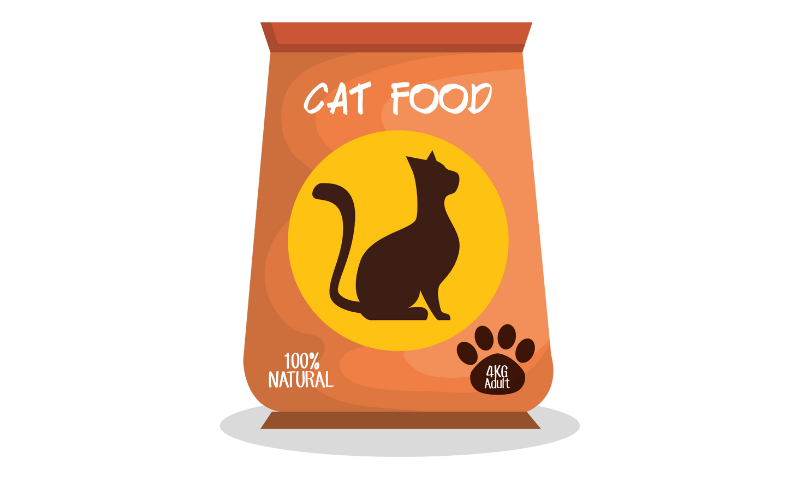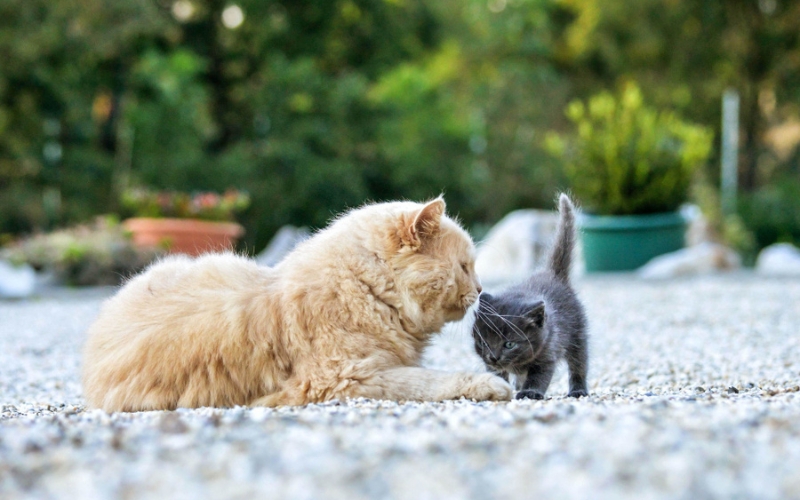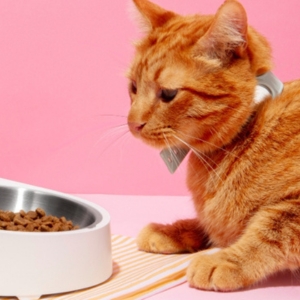Ultimate Cat Food Guide: Vet-Approved Tips, Best Ingredients & Food Types
Ultimate Cat Food Guide: Types, Ingredients, and Expert Tips for Every Cat Parent Choosing the right cat food is one of the most important decisions

Choosing the right cat food is one of the most important decisions a pet owner can make. Whether you’re raising a playful kitten or caring for a senior feline, your cat’s health starts with their diet. But with hundreds of brands and types on the market, how do you know what’s best? This comprehensive guide covers the fundamentals: types of cat food, nutritional labels, key ingredients, and tips from vets. It’s your one-stop resource for understanding feline nutrition and making informed choices.
Wet Food Pros:
Wet Food Cons:
Dry Food Pros:
Dry Food Cons:

| Ingredient | Good or Bad | Why It Matters |
|---|---|---|
| Chicken | Good | High-quality, lean protein |
| Corn Gluten Meal | Bad | Low-value filler |
| Fish Oil | Good | Provides Omega-3s for healthy skin & coat |
| BHA/BHT | Bad | Artificial preservatives linked to potential health risks |
| Taurine | Good | Essential amino acid; critical for heart and vision |
Tip: Always consult your vet before switching to a special diet.
Recommended Read: Best Hypoallergenic Cat Food for Skin Allergies — Learn about elimination diets, expert picks, and what to feed sensitive cats.

Content: Kittens: Require more calories, protein, and fat Adults: Balanced maintenance diets with stable nutrients Seniors: Lower calorie and phosphorus levels, with joint support

Yes, it’s a good way to improve hydration and palatability.
Only under vet supervision – it’s hard to get the right balance.
They often need fewer calories and more fiber.
Feeding your cat doesn’t have to be overwhelming. Start by understanding your pet’s life stage, dietary needs, and how to read labels. Then explore options that align with your cat’s preferences and sensitivities. And remember, your vet is your best resource.
Still unsure? Check out our product reviews, use our cat food comparison tool, and bookmark this guide for future reference.
Ultimate Cat Food Guide: Types, Ingredients, and Expert Tips for Every Cat Parent Choosing the right cat food is one of the most important decisions
Best Hypoallergenic Cat Food for Skin Allergies: Top Picks & Expert Tips If your cat is constantly scratching, licking, or dealing with bald patches and
Best Wet Cat Food for Gastrointestinal Problems Gastrointestinal (GI) issues in cats can be distressing — for both the feline and the pet parent. Whether
Why Is My Cat Throwing Up Undigested Food Hours After Eating? It’s alarming when your cat vomits undigested food well after mealtime. Is it simply
Why Is My Cat Losing Weight Suddenly? 10 Common Causes and What You Should Do table of content Is Sudden Weight Loss in Cats Serious?

